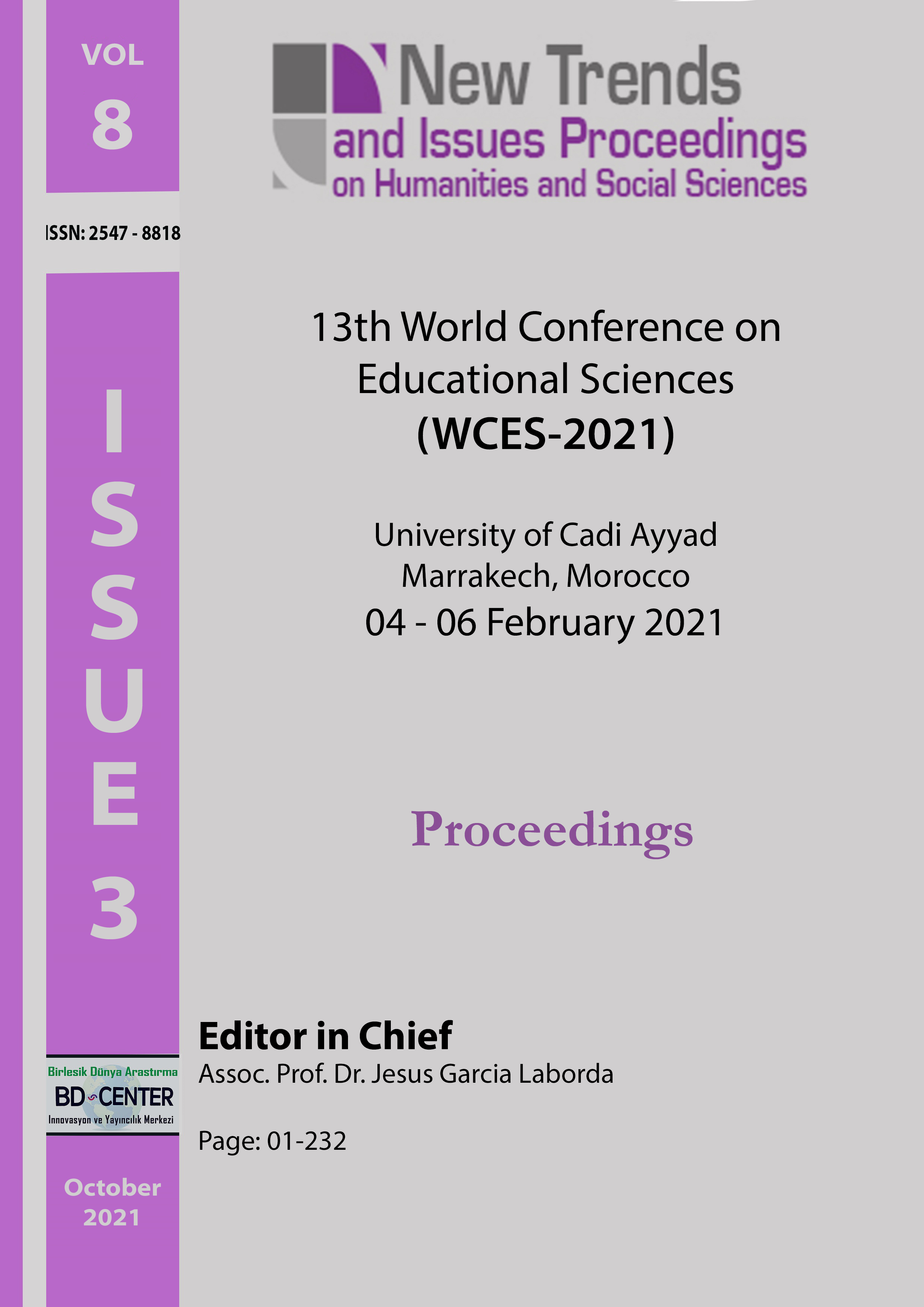Optimizing speed and agility in a volleyball game – Junior players
Main Article Content
Abstract
The present study aims to identify if and how motor skills such as speed and agility can be improved by using training activities corresponding to performance in volleyball. The experiment included a total of 16 male athletes (17–18 years old), divided into two groups (control and experimental group). The tests applied in the research were the Illinois test and the Hexagon test, since speed, agility and quickness are essential to high performance in volleyball. After the initial tests, the experimental group became part of a 6-week training programme, designed to learn and master speed and agility drills. The results obtained at the final control tests demonstrated that the indicators of motor skills registered a real progress. This confirmed our working hypothesis stating that physical exercises, motor games and other means, specific to the game of volleyball, can influence the development of motor skills.
Keywords: Agility, speed, performance sport, Illinois test, Hexagon test, volleyball training.
Downloads
Article Details

This work is licensed under a Creative Commons Attribution 4.0 International License.
Authors who publish with this journal agree to the following terms:- Authors retain copyright and grant the journal right of first publication with the work simultaneously licensed under a Creative Commons Attribution License that allows others to share the work with an acknowledgement of the work's authorship and initial publication in this journal.
- Authors are able to enter into separate, additional contractual arrangements for the non-exclusive distribution of the journal's published version of the work (e.g., post it to an institutional repository or publish it in a book), with an acknowledgement of its initial publication in this journal.
- Authors are permitted and encouraged to post their work online (e.g., in institutional repositories or on their website) prior to and during the submission process, as it can lead to productive exchanges, as well as earlier and greater citation of published work (See The Effect of Open Access).
